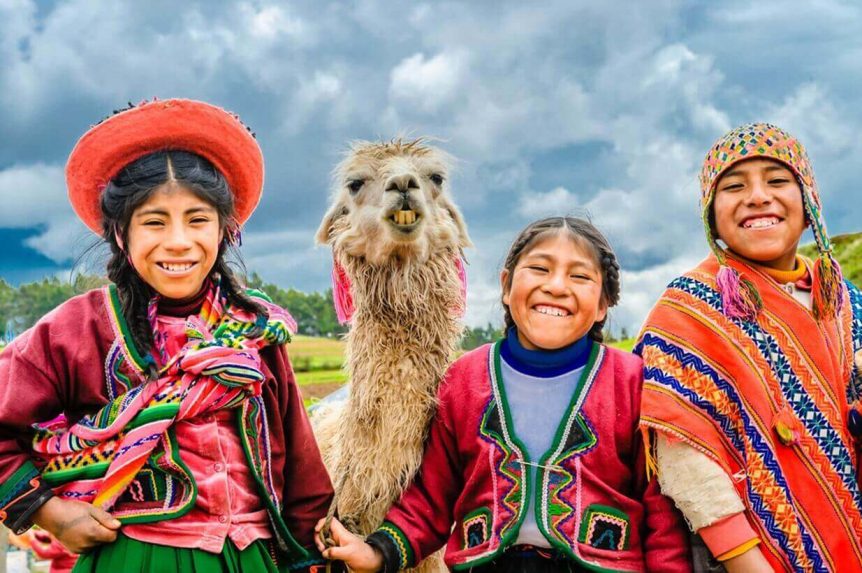What first things come to mind when you think about Peru?
Llamas, Inca Empire, Ponchos, Machu Picchu, delicious cuisine, and the Andes. In no particular order.
But there’s much more to this beautiful, captivating, and mega-diverse country. And there’s nothing that proves this point better than Peru’s incredibly diverse linguistic landscape.
As of today, there are over 50 indigenous languages spoken in Peru, with some linguists believing there can be as many as 70 native languages and dialects. For a country with a population of roughly 33 million, that’s not a bad number (even if not as impressive as hundreds of languages spoken in India).
Join us today in our journey through the Peruvian linguistic mosaic.
From the coastal region of the Pacific through the lush Amazonian Rainforest to the mesmerizing Andean peaks, these are the languages of Peru.
How Many Languages Are Spoken in Peru?
The first and official language of Peru is Spanish.
However, Peru is also home to a significant number of indigenous languages.
In total, there are over 50 native languages spoken in Peru, with many researchers believing the number to be higher and around 70 once we include dialects.
Overall, we can distinguish 15 distinct native language families spoken in Peru:
- Aru – which includes Aymara, Jaqarru, and Kawki.
- Aruanas – including Peruvian Kulina.
- Arawak – comprising ofResígaro, Yine, Asháninca, Asheninca, Axininca, Campa de Pajonal, Caquinte, Machiguenga, and Nomatsiguenga.
- Bora-Witoto – encompassing Bora, Muinane, Coixama, Meneca, Murui, Nonuya, Nüpode Witoto, and Ocaina.
- Cahuapanas – this family includes Jébero and the extinct Cayahuita-Cahuapana language.
- Candoshi-Chirino – incorporating Candoshi and Chirino (now extinct).
- Harákmbet – encompassing Amarakaeri and Huachipaeri.
- Hibito-Cholón – this language family includes Cholón and Hibito.
- Jívaras – comprising of Aguaruna, Achuar, and Huambisa..
- Pano-Tacanas – this linguistic group includes Amahuaca, Cashinahua, Sharanahua, Yaminawa, Capanahua, Isconahua, Marubo, Shipibo, Cashibo, Mayo-Pisabo, Mayoruna, Nahua, and Esse’ejja.
- Peba-Yagua – encompassing Yagua, Peba, and Yameo (of which only Yagua still survives).
- Quechua – the most famous indigenous language family in Peru includes Quechua Ancashino, Quechua Huanca, Quechua Yaru, Quechua de Pacaraos, Quechua Cajamarquino, Quechua Incawasi-Cañaris, Quechua Yauyino, Quechua Chachapoyano, Quechua Lamista, Quichua Norteño, Quechua Ayacuchano, and Quechua Cuzqueño.
- Tallán-Sechura – this group includes Catacaos, Colán, Olmos, and Sechura.
- Tucanas – which includes Orejón.
- Tupí – this grouo comprises of Cocama-Cocamilla and Omagua.
- Záparas – this family includes Iquito, Arabela, Conambo (extinct), Cahuarano, Andoa-Shimigae, and Záparo.
In addition to Spanish and native languages, there are also immigrant languages spoken in Peru due to the presence of various ethnic communities, such as French, Italian, Portuguese, and even Japanese.
Overall, the linguistic landscape of Peru is characterized by a mix of Spanish, indigenous languages, and other languages spoken by immigrant communities. This creates a vibrant and mesmerizing tapestry that makes Peru the country we know and adore.
The Peru Language Overview
As said, there are about 33 million people living in Peru, which makes it the fourth largest country in South America, behind Brazil, Colombia, and Argentina.
Of those 33 million, a little over 80% speak Spanish, the official language of Peru. This is followed by Quechua, the ancient Incas language, used by 13% of native speakers. The last of the predominant official languages of Peru is Aymara, which is spoken by 2% of Peruvians. Finally, we have other indigenous languages, such as Kawki, Ashakina, or Aguarana.
In total, Peru boasts over 50 languages. As said, though, this number can be as high as 70 once we include distinct dialects spoken across Peru.
Spanish
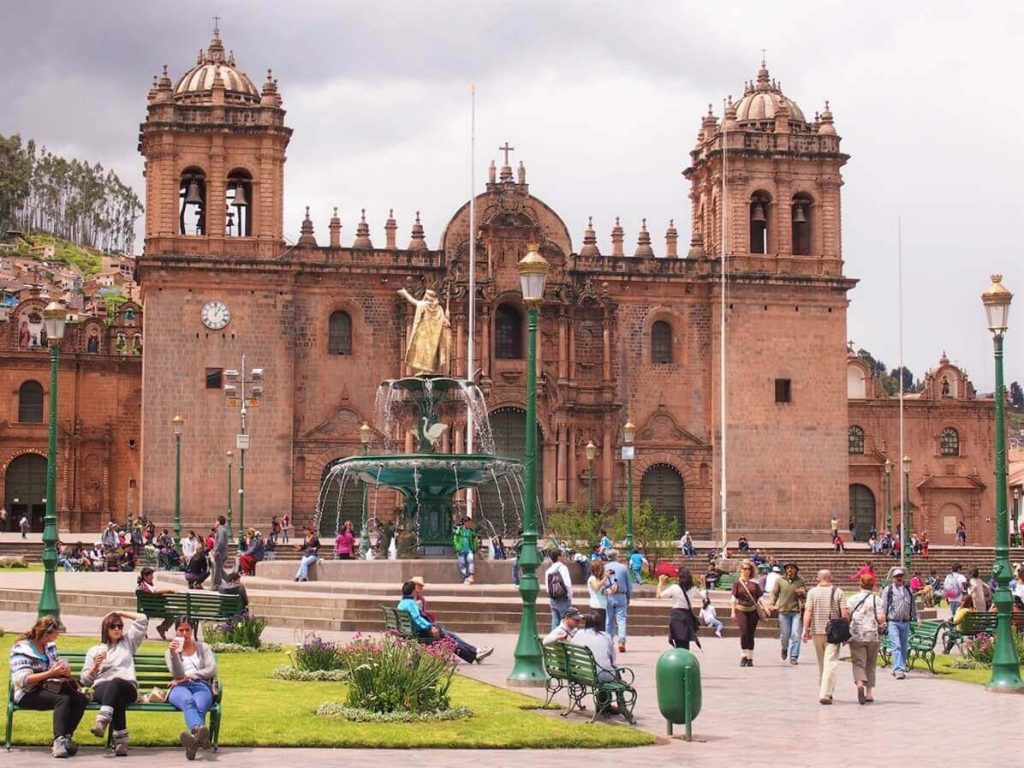
Spanish is the most common language and the official national language of Peru. It’s the principal language of the Peruvian Government, the country’s education system, and the media.
In total, over 80% of Peruvians speak Spanish as their first native language.
Now, it’s important to note that the Spanish language is primarily used in urban areas, especially in the coastal regions where people are monolingual.
Furthermore, various Peruvian regions have distinct versions of spoken Spanish, influenced by local dialects. This is why we divide Peruvian Spanish into Andean, Coastal, and Amazon variations.
Andean Spanish
First, we have the Andean Spanish, typically spoken in high-altitude cities and regions of the Andean plateau, including Cusco, Puno, Junin, and Huancavelica.
This version of Spanish is believed to be the purest, as these are the regions where Spanish colonists first taught their language. Still, Andean Spanish is heavily influenced by local dialects and indigenous languages, especially Quechua and Aymara.
Andean Spanish also has a unique rhythm when spoken. Andean Spanish speakers tend to pronounce syllables more clearly, accentuating the last vowels. They also use a special intonation in the ‘S,’ which makes the dialect similar to Spanish spoken in Ecuador and Bolivia.
Coastal Spanish
Peruvian Coastal Spanish can be divided into dialects spoken on the south coast and in northern Peru.
The one spoken in southern coastal cities, such as Tacna, Nazca, Ica, and, of course, Peru’s capital, Lima, is pronounced with a higher intonation. It’s also spoken faster, with the costeño inhaling the ‘h’ and pronouncing the ‘ll’ like ‘sh.’
Spanish spoken on the northern Peruvian coast, for instance, in Trujillo, Piura, or Tumbes, acquires more vocals from the Caribbean countries, like Colombia or Venezuela. This is where you’ll find people addressing their friends as ‘Papi’ or ‘Mami.’
Amazon Spanish
Finally, we have the Amazon Spanish. This is the most unique Spanish variant in Peru, heavily influenced by the Amazonian languages and dialects. It’s also more sung than spoken, with each pronounciation well-intonated.
Indigenous Languages
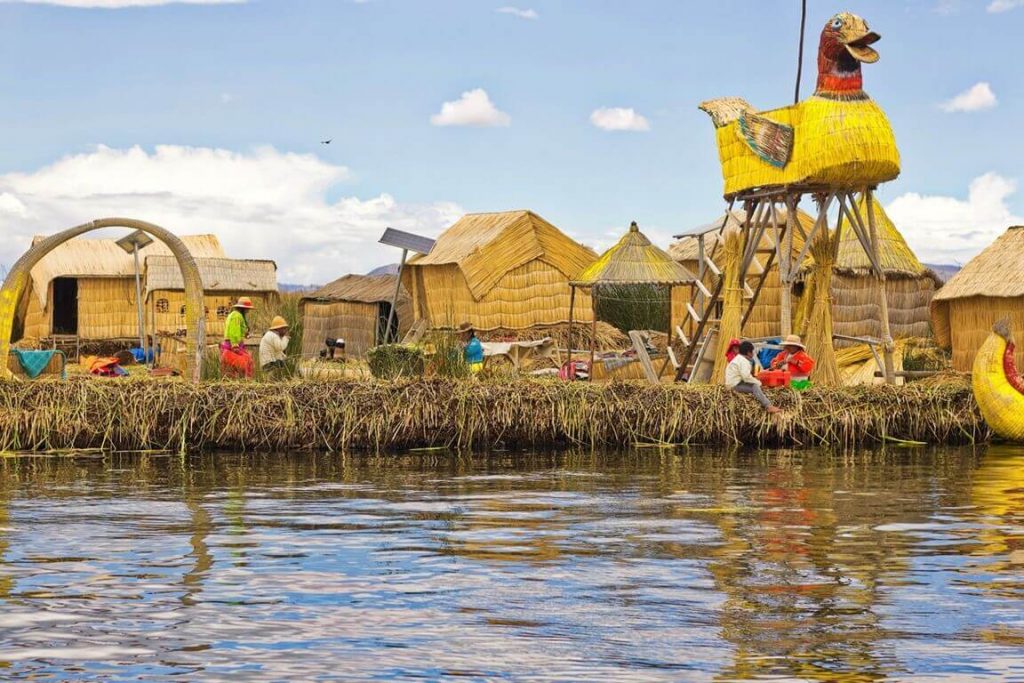
Although most widely spoken, Spanish is only one of the official languages of Peru. Indeed, as covered, Peru is home to dozens of native languages, many of which are considered official and protected by the Peruvian constitution.
These native languages are divided into Andean and Amazonian linguistic families, with the two most widely spoken languages being Quechua and Aymara.
Quechua
Quechua, the language of the old Inca Empire, is still a native language for many Peruvians. Indeed, approximately 4 million Peruvians speak Quechua and dialects of the Quechua language family. That’s roughly 13% of the entire country’s population.
Quechua, along with its dialects, is indigenous to the Peruvian Andes, where it’s survived for over five centuries despite the early efforts of the Spanish to erase it.
And we should praise natives for their perseverance in protecting their traditions because Quechua is one of the most beautiful languages not only in Latin America but in the world. It’s full of intriguing sounds that make it a joy to listen to. They also make it mighty difficult to learn.
Of course, today’s Quechua is a different language than the one spoken by the Incas. It’s been heavily mixed with Spanish, with many native Peruvians living in the Andes using a Quechua-Spanish hybrid.
Also, interestingly, with the Quechua language family being full of variants and dialects, some Quechua speakers find it challenging to communicate with those from different regions.
For instance, a Quechua speaker from northern Peru will likely not understand Peruvians from Cusco or Lake Titicaca, and vice versa.
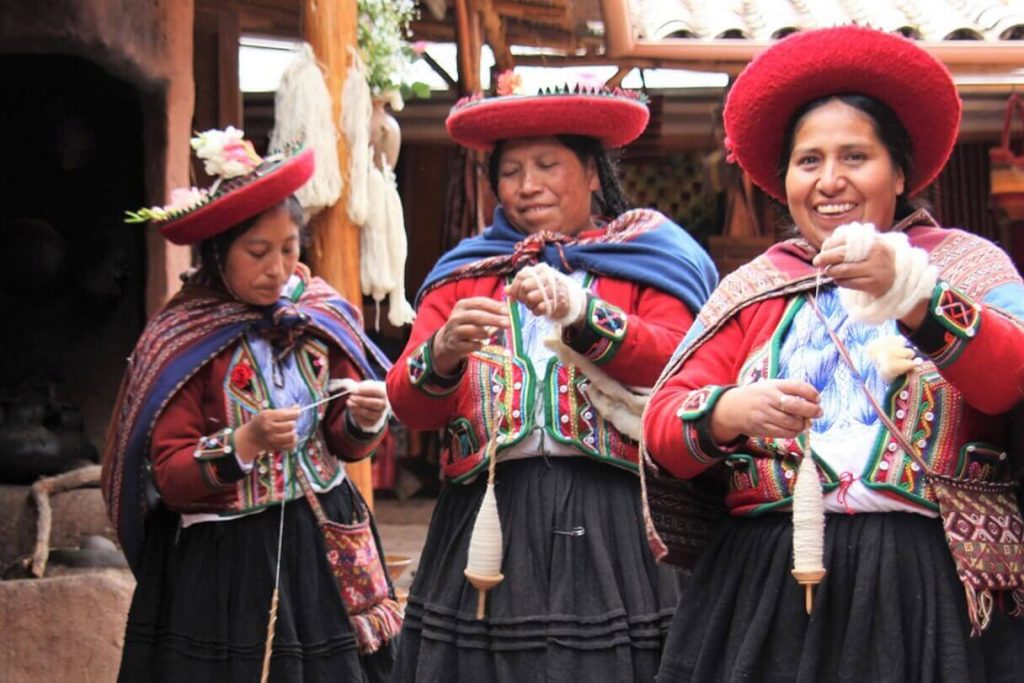
Aymara
The third most widely spoken language in Peru is Aymara. Used by approximately 2% of Peruvians, Aymara is indigenous to southern Peru, primarily in the regions surrounding Lake Titicaca and Puno. Aymara also has a strong presence in the northern regions of Bolivia and Chile.
Like Quechua, Aymara is one of the official languages of Peru. Moreover, these languages are fairly similar, sharing several common words, which indicates these languages were related at some point.
Also, similar to the Quechua language family, Aymara has different varieties and dialects. In Peru, we can distinguish between Central and South Aymara. The first variant is spoken only in Puno, whereas the second is common in Lima, Madre de Dios, and Tacna.
Other Native Languages
Staying in the Andes, we have Jaqaru and Kawki. These languages are referred to as Tupe and belong to the Aymara language family.
Of these two, Jaqaru is the primary language with approximately 700 speakers. Kawki had only 9 speakers in 2005, which means that the language is likely extinct.
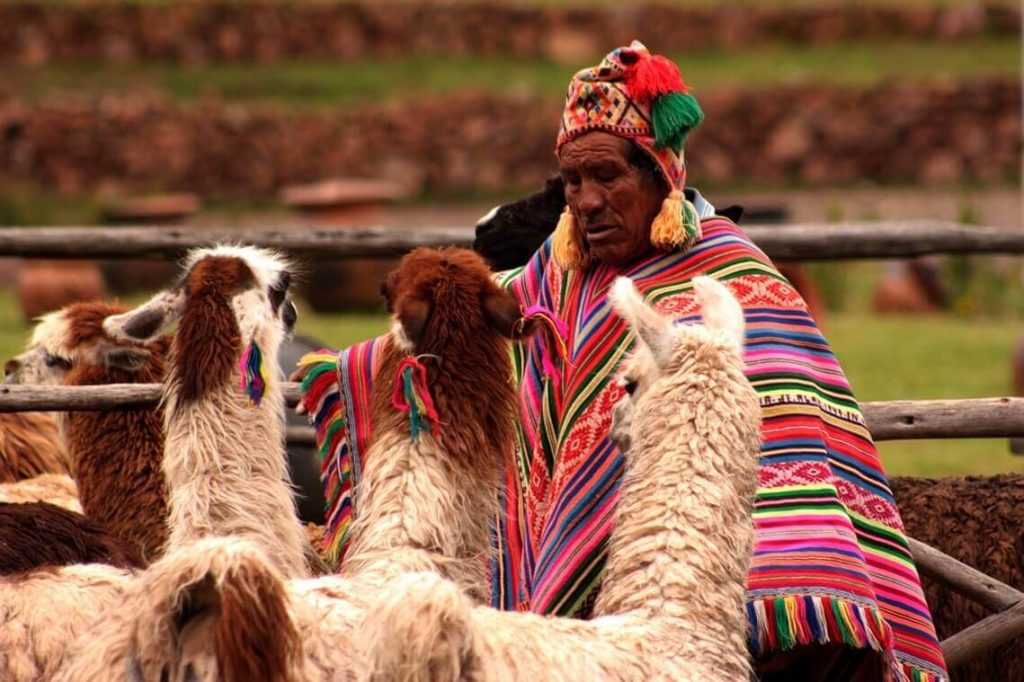
From the Andes, we move into the jungle. This is where the Peruvian language pot reaches its boiling point, with dozens of native languages and dialects spread across the Amazonian forests.
The most common Amazonian language in Peru is Asháninka, which, in total, has over 35,000 speakers. Like Quechua and Aymara, Asháninka is classified as the official language of Peru in areas where it is spoken.
Another widely spoken native language in Peru is Aguarana, which is indigenous to northern Peru and spoken by approximately 53,000 people.
Interestingly, unlike other indigenous languages of Peru, Aguarana has written materials, including a dictionary. That allows Aguarana to be used for schooling alongside Spanish, which is why many Peruvians who speak Agaruana natively also use Spanish as their second language.
‘Imported’ Languages
But Peru is not just a melting pot for indigenous languages. The perfect example of that is Spanish, first brought to Peru by Spanish Colonists in the 16th century.
However, it’s also full of other foreign languages, including Arabic, French, Japanese, and German. French, for instance, is deeply rooted in the Iquiteña region. Portuguese is also quite common, especially in the areas close to the Brazilian border, such as Madre de Dios or Loreto.
English has also gained much popularity in recent years due to tourists flocking to Peru to see its wonders with their own eyes.
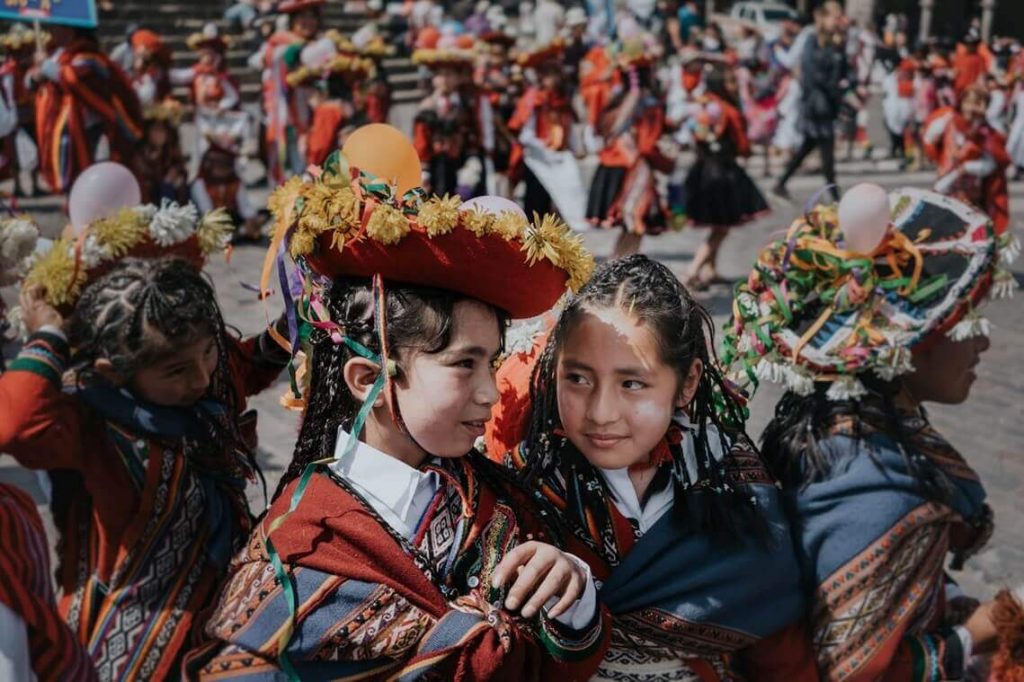
Why Are There So Many Different Languages in Peru?
Peru’s linguistic tapestry is a captivating blend of history, culture, and geography, giving rise to a myriad of languages that paint a vibrant picture of the nation’s heritage.
We’ve covered the most important languages spoken in Peru. Now, let’s delve into the fascinating reasons behind the diverse linguistic landscape of Peru:
- Indigenous Riches: Peru boasts a profound history of indigenous cultures, each weaving its distinct linguistic tapestry. Over the centuries, diverse ethnic groups have called different regions of Peru home, nurturing a mosaic of languages.
- Geographic Diversity: Peru’s stunning geography, from the lofty Andes Mountains to the lush Amazon Rainforest and coastal expanses, has fostered isolation among communities. This geographical diversity has nurtured the evolution of unique and isolated languages within distinct groups.
- Echoes of History: The annals of Peru’s history resonate with the legacies of the Inca Empire, Spanish colonization, and the influence of pre-Columbian civilizations. While Spanish took center stage post-colonization, indigenous languages endured, creating a linguistic blend that defines the country.
- Cultural Identity: In the face of external influences, many indigenous communities in Peru fiercely uphold their cultural identity through language. The transmission of native languages from one generation to the next remains a powerful testament to cultural preservation.
- Isolated Enclaves: The Amazon basin’s dense forests and challenging terrain have provided a natural barrier, isolating certain indigenous groups. This isolation has safeguarded their traditional languages, adding to the linguistic patchwork of Peru.
- Migration Mosaic: Peru’s history is marked by migration and immigration, with diverse communities bringing their languages to the mix. This influx enriches the linguistic tapestry, showcasing the nation’s dynamic and multicultural essence.
- Government Advocacy: Recognizing the value of linguistic diversity, the Peruvian government has championed policies to safeguard and promote indigenous languages. This official recognition plays a pivotal role in the continued vitality of these languages.
For these many reasons, as covered multiple times, Peru now boasts over 50 indigenous languages (or over 70 if you include distinct dialects). This number, however, used to be thrice as large!
In the 16th century, the Jesuits documented over 150 native languages of Peru. A hundred and fifty!
Moreover, some linguists claim that the area we now call Peru could’ve been home to somewhere between 300 and 700 languages and dialects prior to the Spanish colonization.
The Lost Languages of Peru
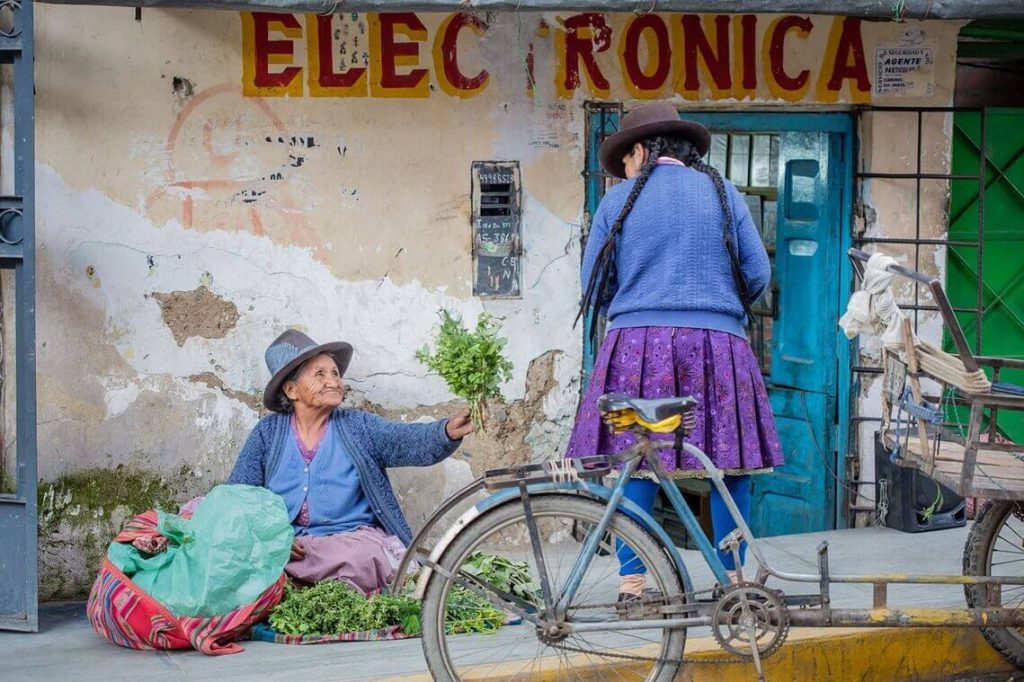
It’s hard to believe that the Peruvian linguistic landscape could’ve been even more diverse. Yet, it’s true.
As said above, 500 years ago, there were 150 native languages spoken in Peru. Fast forward to today, there are approximately 100 languages fewer. Even if we take the last 40 years, more than 35 indigenous Peruvian languages have disappeared, according to the Peruvian Ministry of Culture report.
Those still present have survived mainly because of the perseverance of local communities who continue to use their native languages and dialects. For them, Quechua or Aymara are more than just languages. They are integral aspects of their communities and identity.
Unfortunately, the loss of languages has continued to grow because of discrimination and cultural mixing. That is why the Peruvian Government has decided to step in and take action.
The current measures aim to seek the documentation and preservation of native languages across the country. Through these actions, the government wants to create educational materials while promoting indigenous dialects and languages.
And while there likely are languages that cannot be revived, such actions will definitely help preserve Peruvian native languages, which are integral to the country’s diverse culture and identity.
Wrapping Up
Spanish might be the most popular language spoken in Peru, but the Peruvian linguistic tapestry has much more to offer than that.
With over 50 native indigenous languages and dialects spread across the country, Peru has one of the most vibrant and diverse linguistic landscapes in South America, if not the world. And let’s not forget about the hundreds of lost languages.
That said, this diverse mix of languages and dialects is what makes Peru a fascinating country. That is why it’s great to see that the government acknowledges that and tries to preserve the many languages native to lush Peruvian jungles and high Andean villages.
And remember, if you’re ever in need of a little Spanish translation help when doing business in Peru, Lighthouse Translations is here to help.
As a diverse and global translation services provider, our professional translators know the ins and outs of local cultural and linguistic nuances that are common in Latin American countries, especially Peru.
Contact us today and see how we can help with your Peruvian and South American endeavors!


